Looking to breathe new life into your space? Philodendrons might be your answer. These versatile plants can transform any home from dull to dynamic with their lush foliage and easy-going nature. Whether you’re a plant newbie or a seasoned green thumb, philodendrons offer a simple way to refresh your surroundings without breaking the bank or requiring expert skills.
Key Takeaways
- Philodendrons purify indoor air while adding natural texture and color to any room
- These plants thrive in various light conditions, making them suitable for almost any spot in your home
- Different philodendron varieties offer unique leaf shapes, sizes, and colors to match your style
- Most philodendrons require minimal care—perfect for busy people or beginners
- Strategic placement of philodendrons can create visual focal points and define living spaces
- Propagating philodendrons lets you expand your collection for free and share with friends
Why Philodendrons Are Home Game-Changers
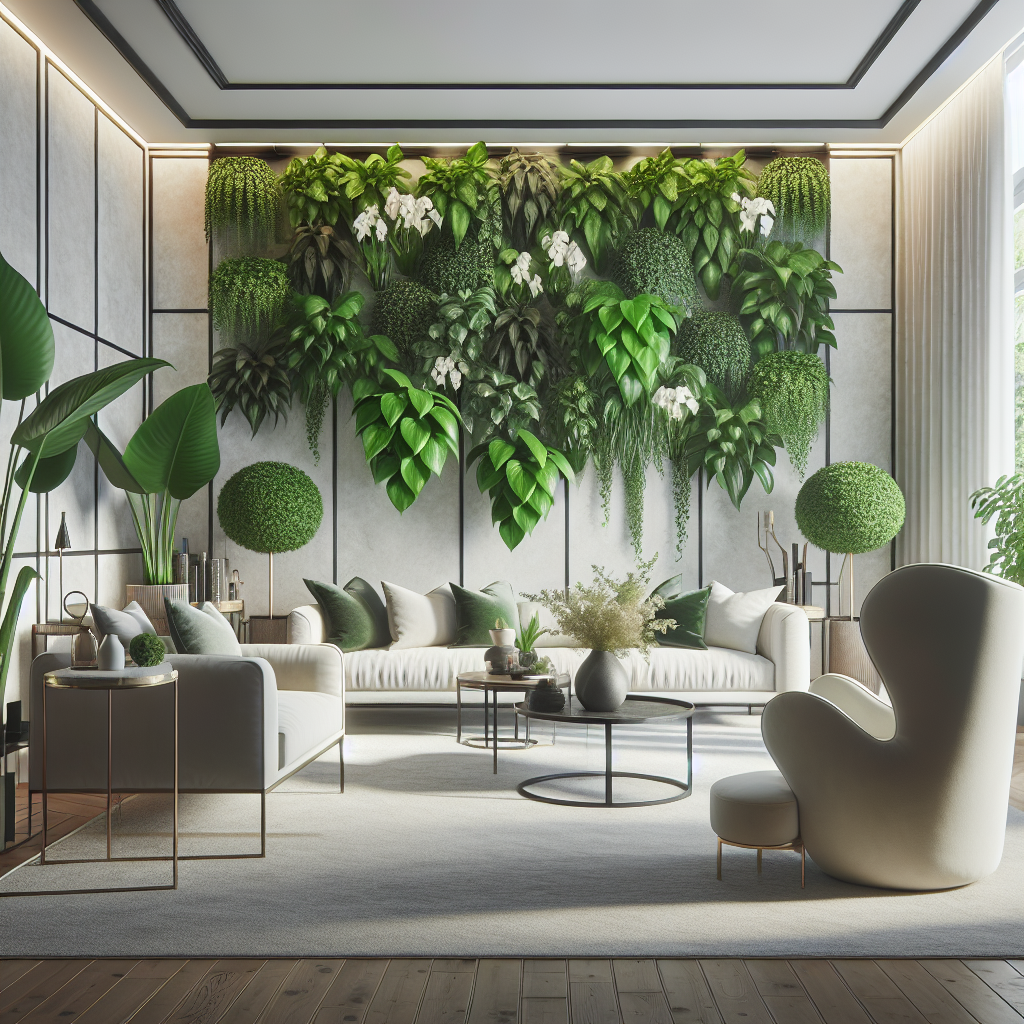
The walls stare back. Empty. Boring. Your home feels like everyone else’s. But it doesn’t have to.
Philodendrons change things. Fast. They bring life to dead corners and make small spaces feel bigger. I’ve seen apartments transform overnight with just a few strategic plants.
These green machines work harder than most houseplants. They clean your air while you sleep. They grow in places other plants die. They forgive you when you forget them for a week.
I watched my neighbor Julie turn her sterile apartment into something worth coming home to. Three philodendrons. That’s all it took. Placed one by the window, another on a shelf, the third hanging in the kitchen. Suddenly her place had personality. Depth. Something real.
Choosing the Right Philodendron Varieties
Not all philodendrons are created equal. Some crawl, some climb, some stand tall. Your space dictates your choice.
Climbing varieties like the Heart-leaf Philodendron (Philodendron hederaceum) work magic in hanging baskets or climbing up moss poles. They cascade down bookshelves and soften hard edges. Small apartment? These don’t hog floor space.
Upright types like the Philodendron Birkin make statements. Bold white stripes on dark leaves. They stand on their own, commanding attention in empty corners or as table centerpieces.
The Philodendron Brasil brings color without trying too hard. Lime green streaks on heart-shaped leaves. Not flashy, just interesting enough to make people look twice.
For drama, nothing beats the Split-leaf Philodendron with its massive, cut leaves. It transforms empty space into jungle territory. One plant, big impact.
Strategic Placement for Maximum Impact
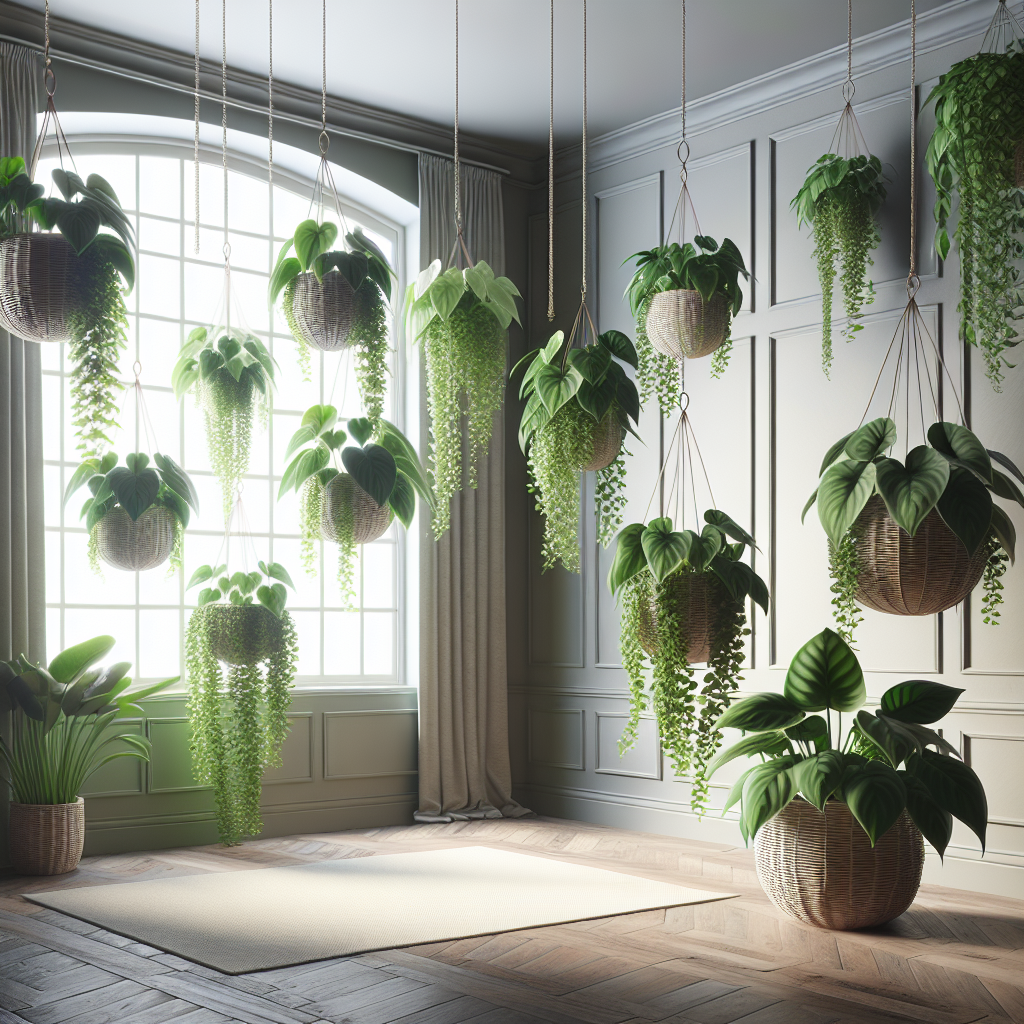
Plants aren’t just plants. They’re tools. Weapons against boring rooms.
Empty corner? Stick a tall philodendron there. Dead space solved.
Ugly wall? Hang a trailing philodendron above it. Eyes look at leaves instead of peeling paint.
Need to separate spaces in a studio? Line up three philodendrons as a living divider. Cheaper than a wall. Looks better too.
The bathroom needs something. A philodendron loves the humidity there. Instant spa feeling.
That awkward space between windows? Fill it with a philodendron on a plant stand. Creates rhythm in the room.
Don’t just scatter plants randomly. Use them with purpose. Create focal points. Lead the eye where you want it to go.
Creating Micro-Environments with Philodendrons
Rooms have moods. Philodendrons change them.
Group three different philodendrons together. Instant jungle corner. A place that feels separate from the rest of your home. A mini escape.
Place a large philodendron by your work desk. Studies show plants improve concentration. They also absorb noise. Your home office becomes more productive.
Bedroom feeling sterile? A philodendron on the nightstand changes that. They release oxygen at night. You sleep better. The room feels less empty.
The kitchen window needs life. A small trailing philodendron brings it. Cooking feels less like a chore when surrounded by green.
Create reading nooks with plants as boundaries. The philodendron becomes a roommate that doesn’t talk back or eat your food.
Care Basics for Thriving Philodendrons
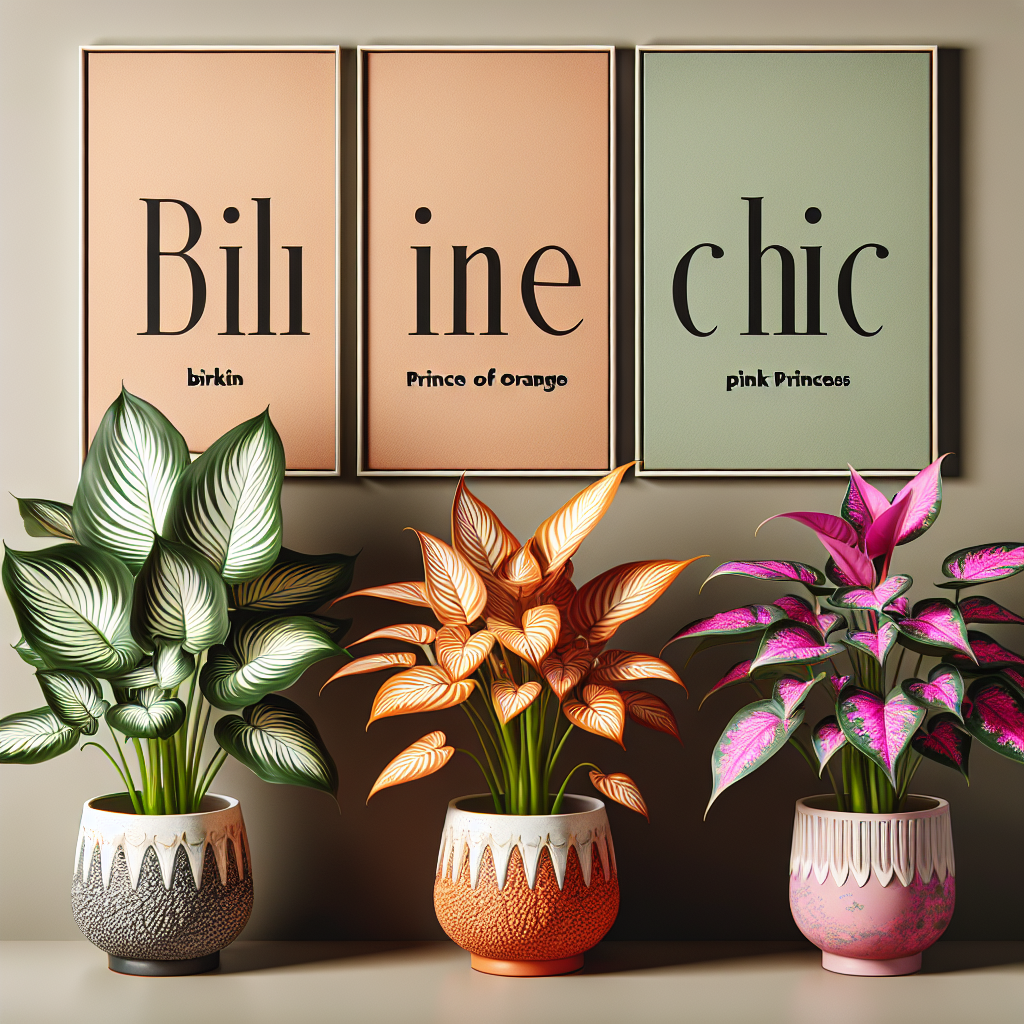
Plants die. People get discouraged. Not with philodendrons.
Water when the top inch of soil feels dry. That’s it. No complicated schedule.
Most like bright, indirect light. Not direct sun. Not deep shade. Just normal room light works fine.
Fertilize occasionally during growing season. Skip winter. They don’t need much.
Wipe leaves with a damp cloth when dusty. They breathe better. Look better too.
Repot every couple years when roots circle the pot. One size up. Nothing fancy.
Yellow leaves usually mean too much water. Brown tips mean not enough. The plant talks to you. Just listen.
Budget-Friendly Transformation Tips
Plants cost money. Philodendrons save you cash.
Start with one philodendron. Cut a piece. Put it in water. Two weeks later—new plant. Free.
One $15 plant becomes five $15 plants if you’re patient. Share with friends or fill your own place.
Thrift stores have plant pots. Cheap. Sometimes free. Clean them well. Instant character.
Skip fancy plant stands. Use what you have. Stack books. Flip a crate. Mount a simple shelf.
Group plants instead of buying large specimens. Three small philodendrons create more impact than one big one. Cost less too.
Solving Common Space Problems with Philodendrons
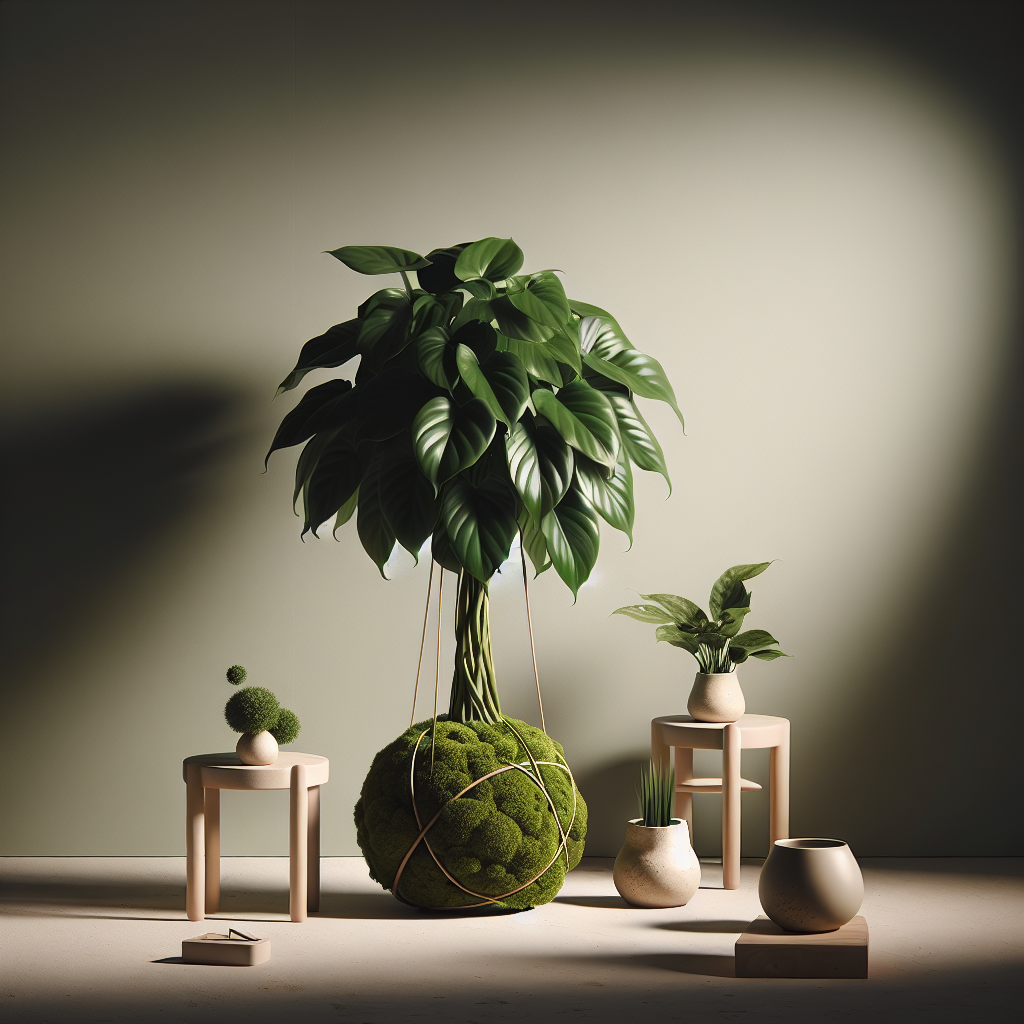
Every home has issues. Philodendrons fix them.
Problem: Blank walls look empty.
Solution: Hang trailing philodendrons from ceiling hooks. Living art that grows.
Problem: Small apartment feels cramped.
Solution: Use upright philodendrons to draw eyes upward. Room feels taller.
Problem: Ugly radiator or AC unit.
Solution: Place philodendrons around it. Nature hides machinery.
Problem: No privacy from neighbors.
Solution: Line windowsills with philodendrons. Green barrier that lets light through.
Problem: Room lacks personality.
Solution: Add philodendrons with different leaf shapes and colors. Instant character.
Seasonal Adjustments for Year-Round Beauty
Homes change with seasons. So should your philodendrons.
Summer means more growth. Move plants away from hot windows. They burn like we do.
Winter brings dry air. Group plants together. They create their own humid zone.
Spring calls for propagation. Cut healthy stems. Make new plants when the old ones grow leggy.
Fall means less light. Rotate plants so all sides get sun. Prevents lopsided growth.
Holiday decorating? Wrap tiny lights around philodendron stems. Living decorations beat plastic ones.
Advanced Styling Techniques
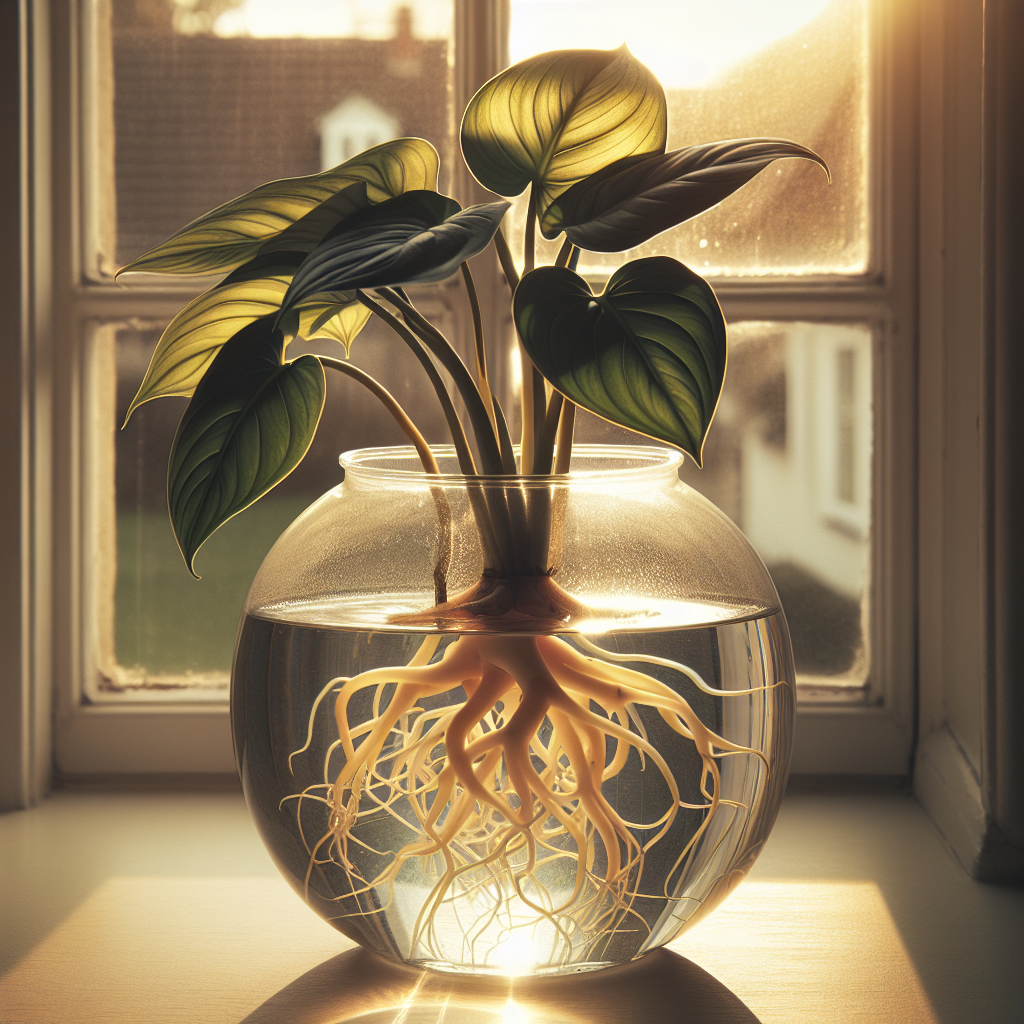
Beyond basics now. Let’s get creative.
Mix philodendrons with other plants. Different heights. Different textures. More interesting than matching sets.
Use unexpected containers. Old teapots. Vintage crates. Hollowed books. The contrast between natural plants and man-made objects creates tension. Good tension.
Create plant shelves where philodendrons cascade down multiple levels. Vertical gardens without complicated systems.
Place mirrors behind philodendrons. Doubles their impact. Makes rooms look bigger too.
Use philodendrons as table centerpieces instead of cut flowers. They last years, not days.
Philodendrons for Specific Room Transformations
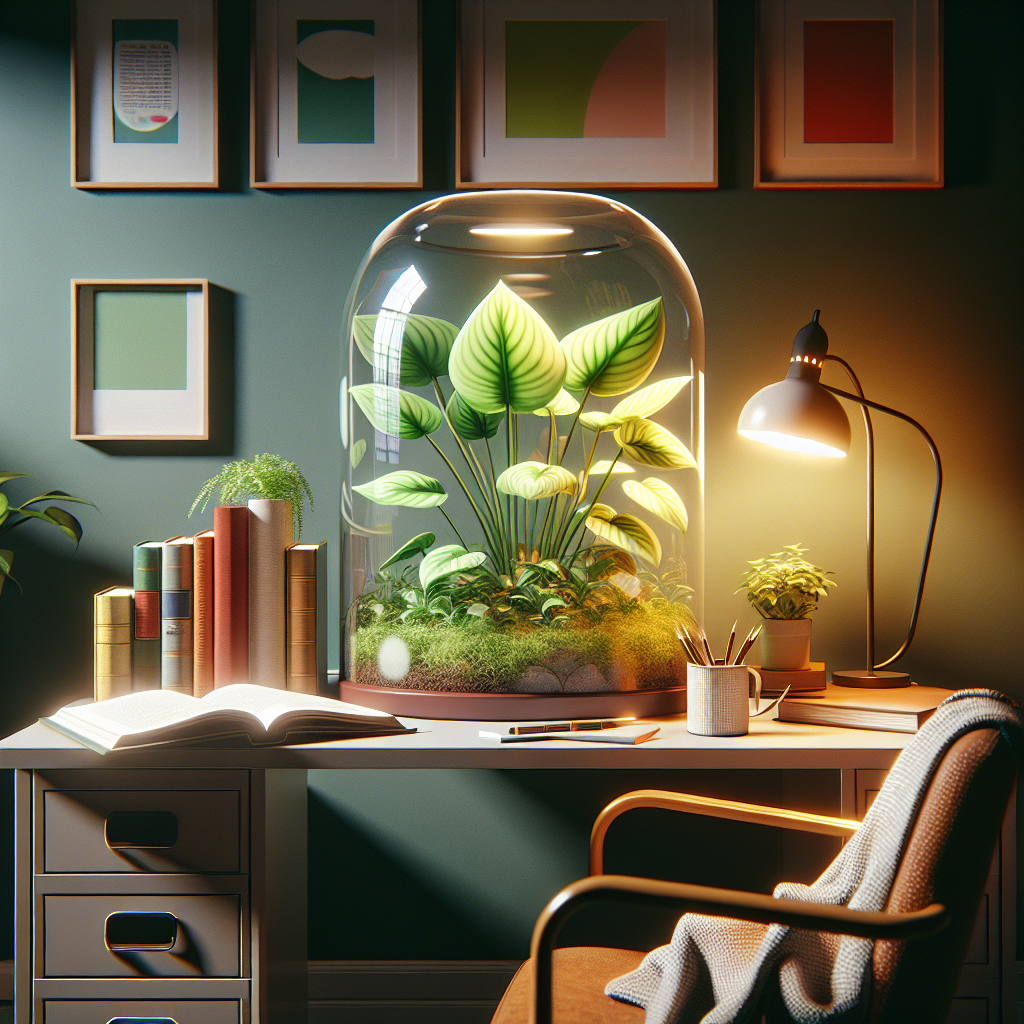
Each room needs something different. Philodendrons adapt.
Living Room: Large statement philodendrons create focal points. Draw eyes away from the TV. Make conversation areas feel intentional.
Bedroom: Small, air-purifying varieties promote better sleep. Place them where you see them first thing morning, last thing night.
Home Office: Sturdy, low-maintenance types that don’t need daily attention. They work as hard as you do.
Kitchen: Trailing types on top of cabinets soften hard edges. Small varieties on counters bring life to utilitarian spaces.
Bathroom: Humidity-loving philodendrons thrive in shower steam. They make even small bathrooms feel like spas.
Measuring Transformation Success
How do you know your philodendron strategy works? Look for these signs.
Visitors notice. They comment on your plants first, not your furniture.
You spend more time in transformed spaces. Rooms with plants become favorite rooms.
Your mood improves. Research backs this up. Green spaces reduce stress.
You start noticing light patterns in your home. Where sun falls. How shadows move. Plants make you more aware of your space.
You feel proud. Not of buying expensive things. Of growing something. Of transforming your home with philodendrons. Of transforming space with life instead of stuff.
References:
Related Resources
- This connects to our discussion on Philodendron Care: Expert Tips for Thriving Plants [2024] Philodendron Care: Expert Tips for Thriving Plants [2024].
- To understand this better, consider reading about Philodendron Light Needs: Expert Guide for Thriving Plants Philodendron Light Needs: Expert Guide for Thriving Plants.
- To see how this works in practice, our How to Prune a Philodendron for Lush Growth [Expert Guide] examples demonstrate real-world applications How to Prune a Philodendron for Lush Growth [Expert Guide].